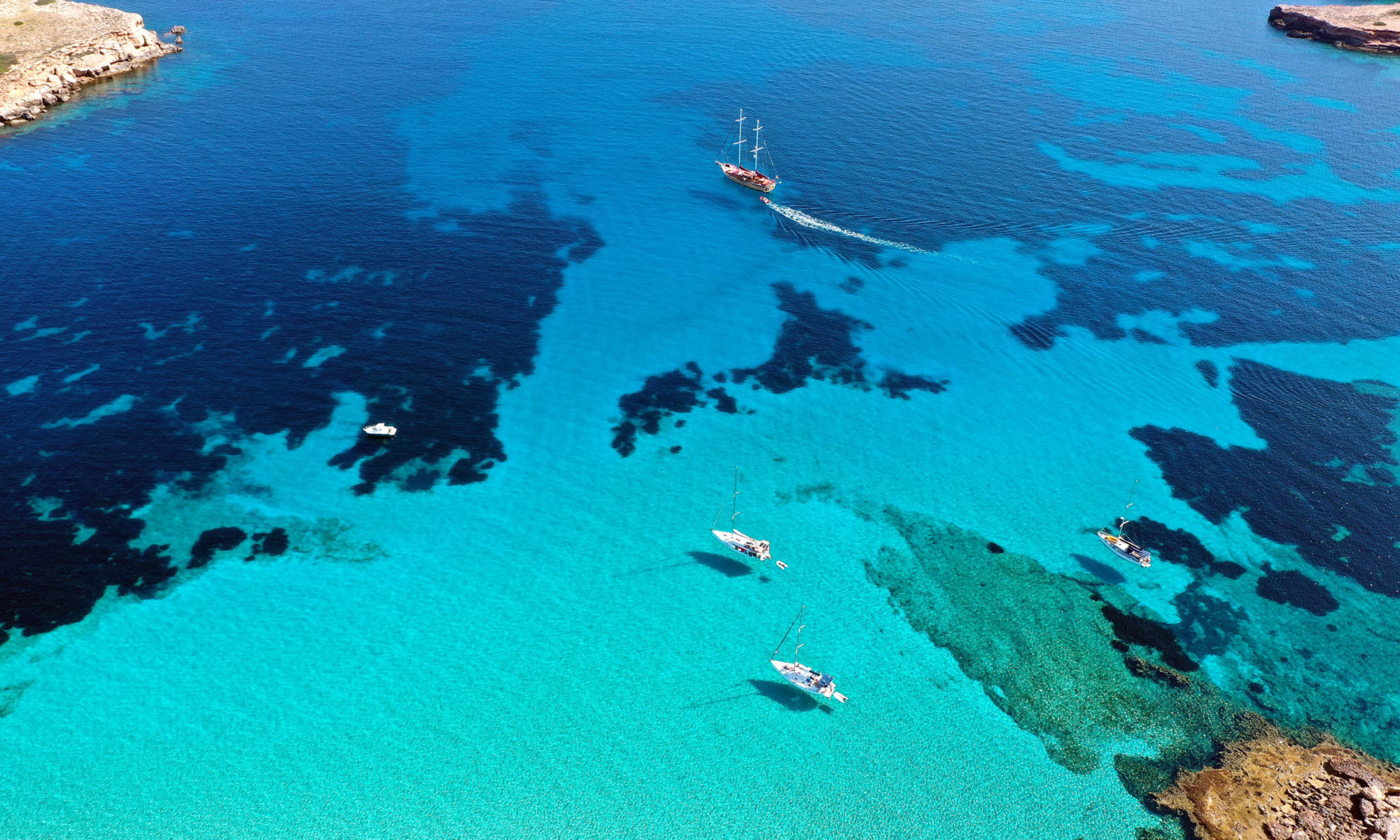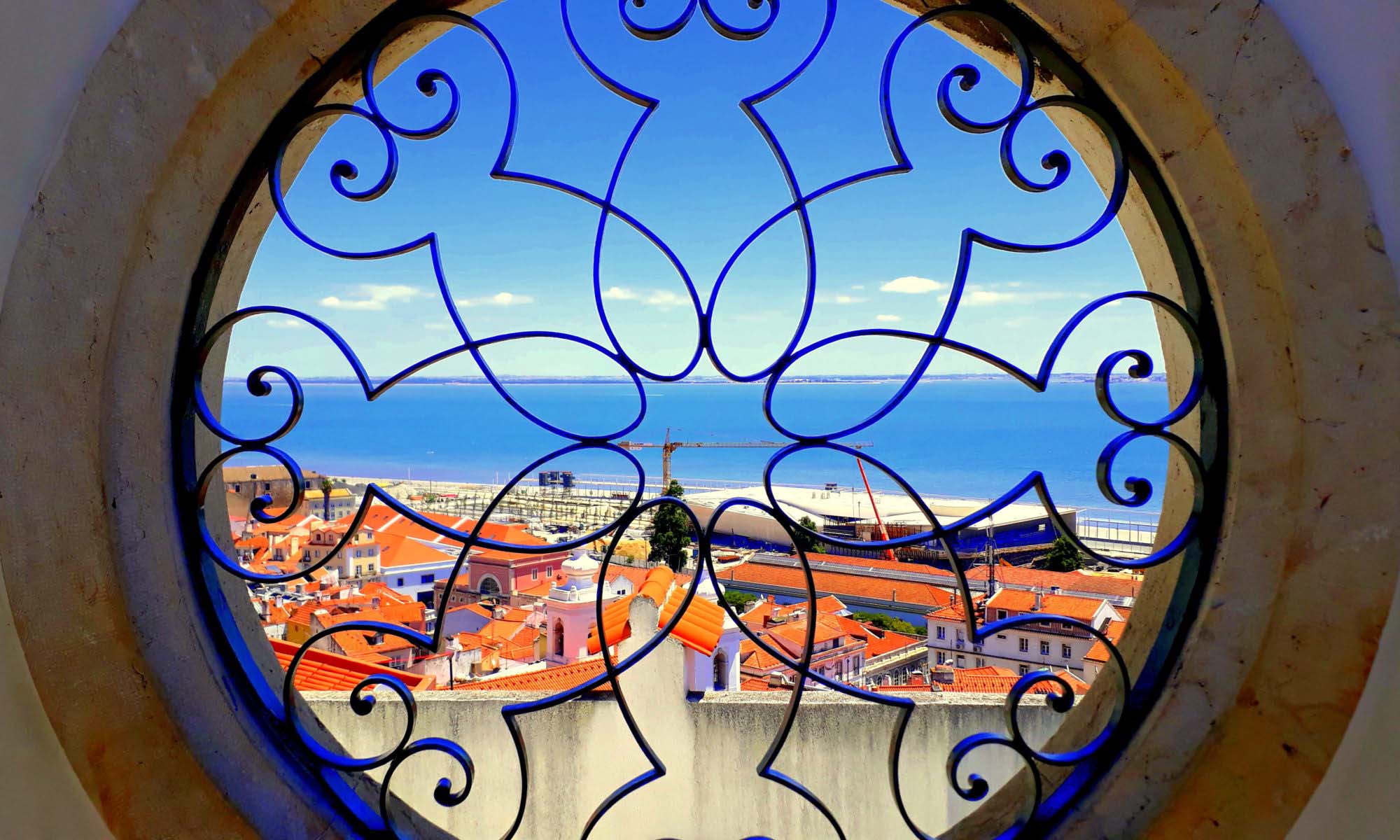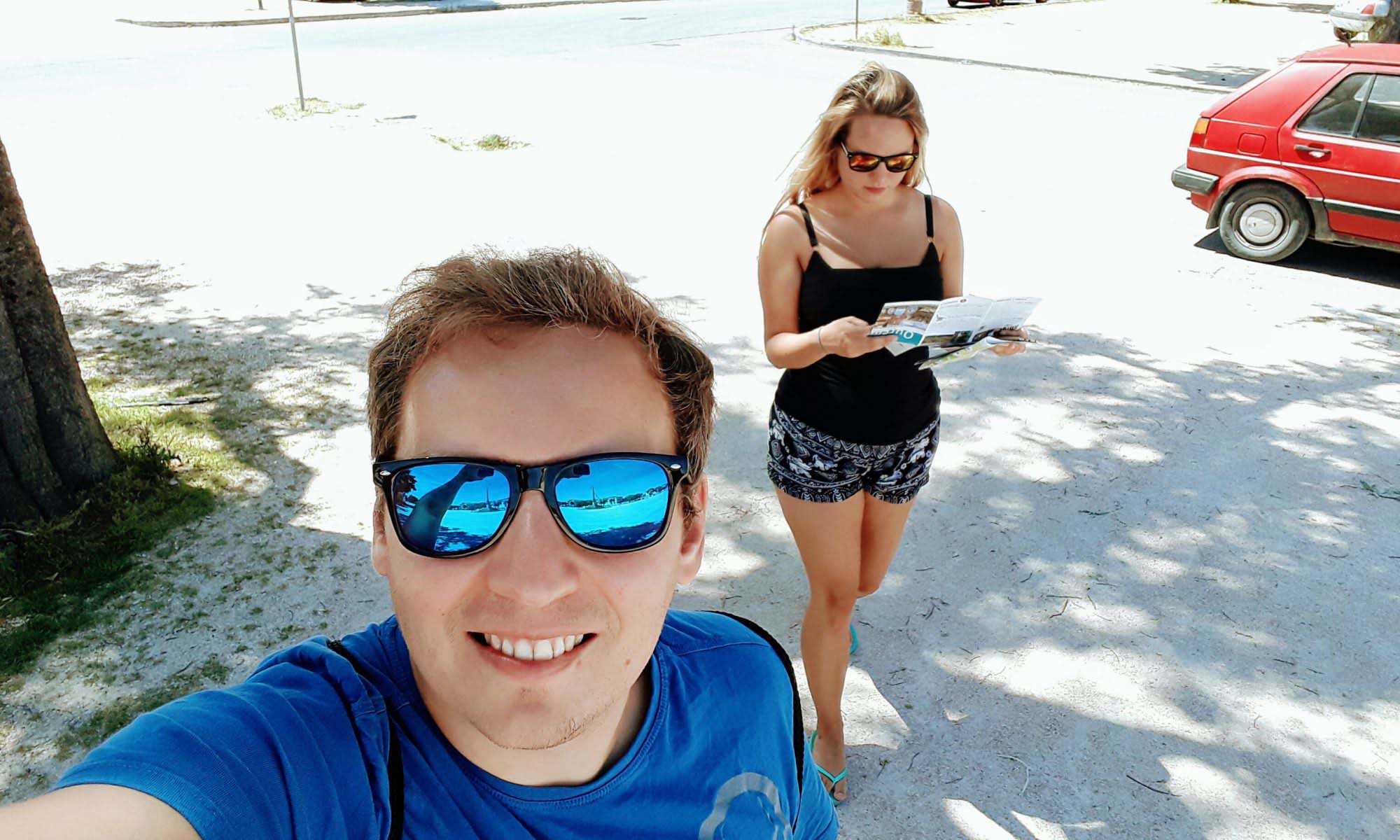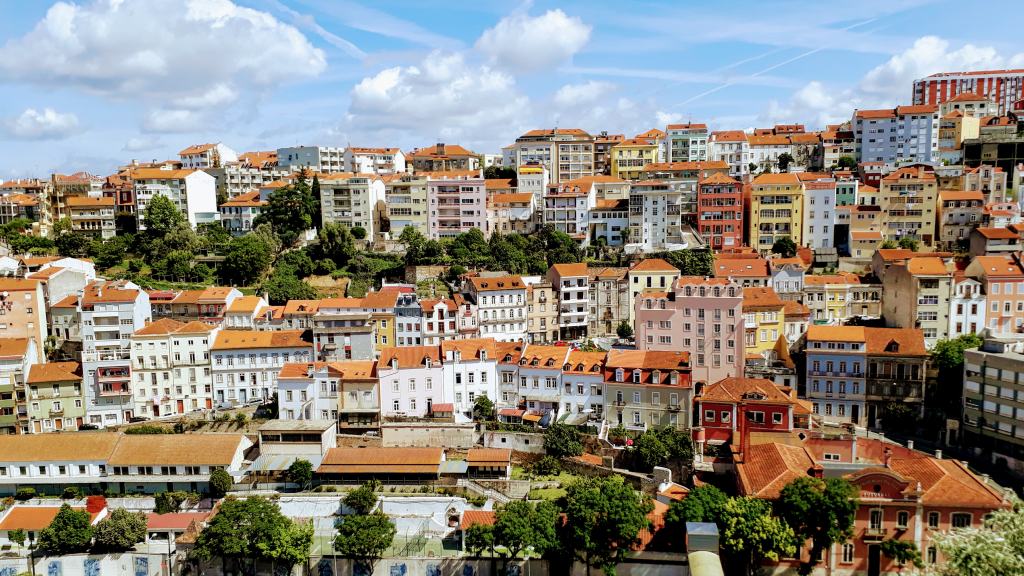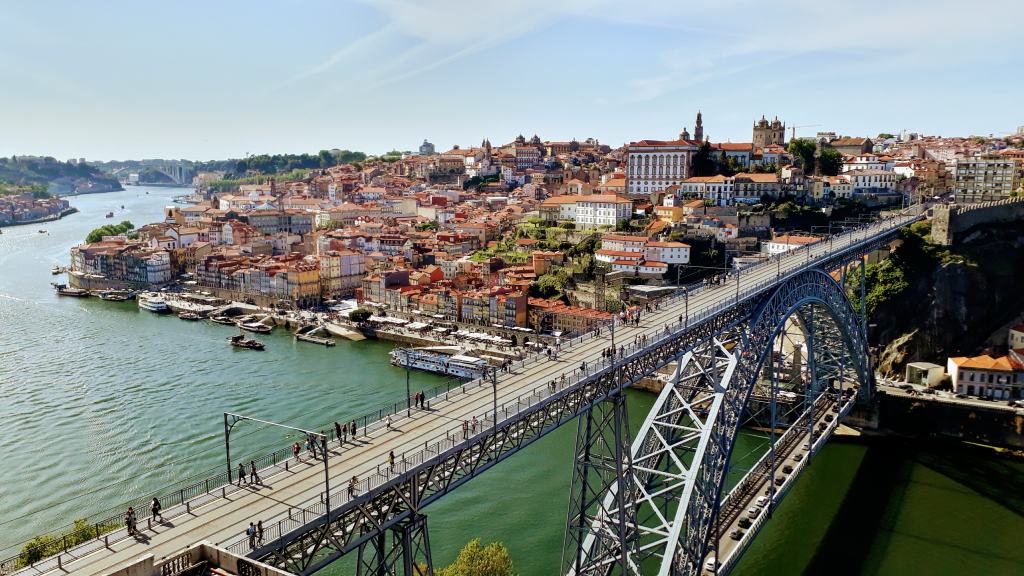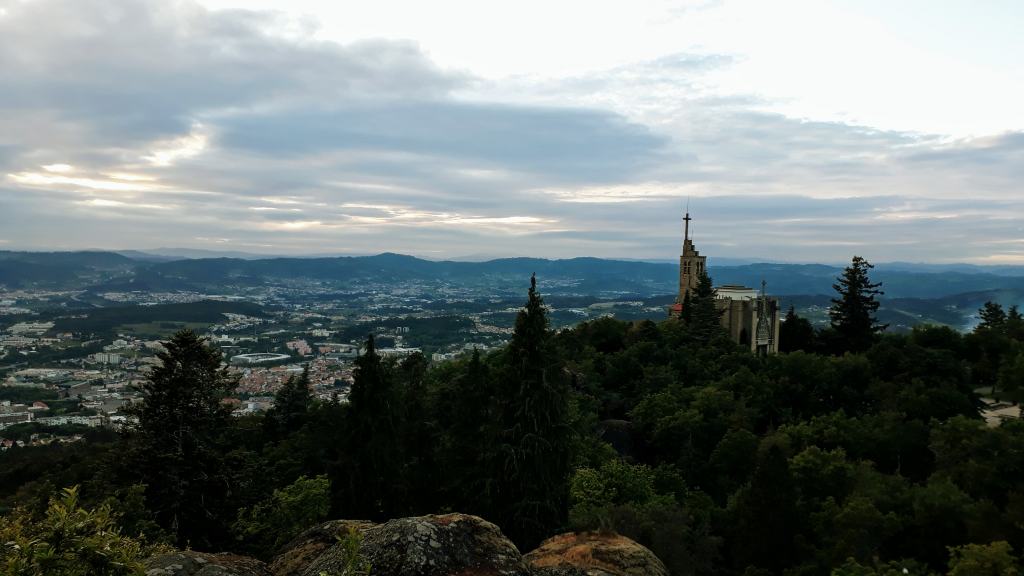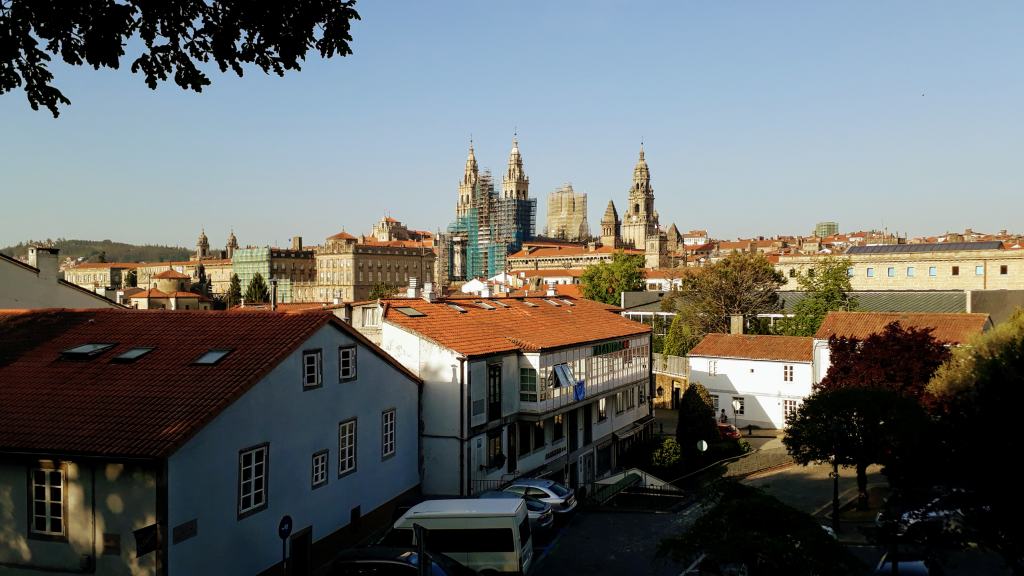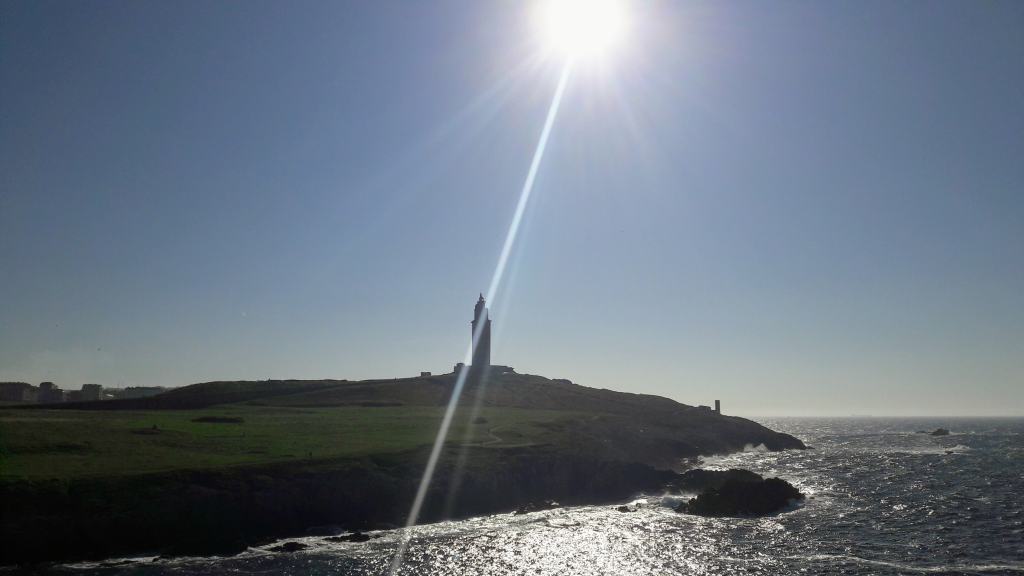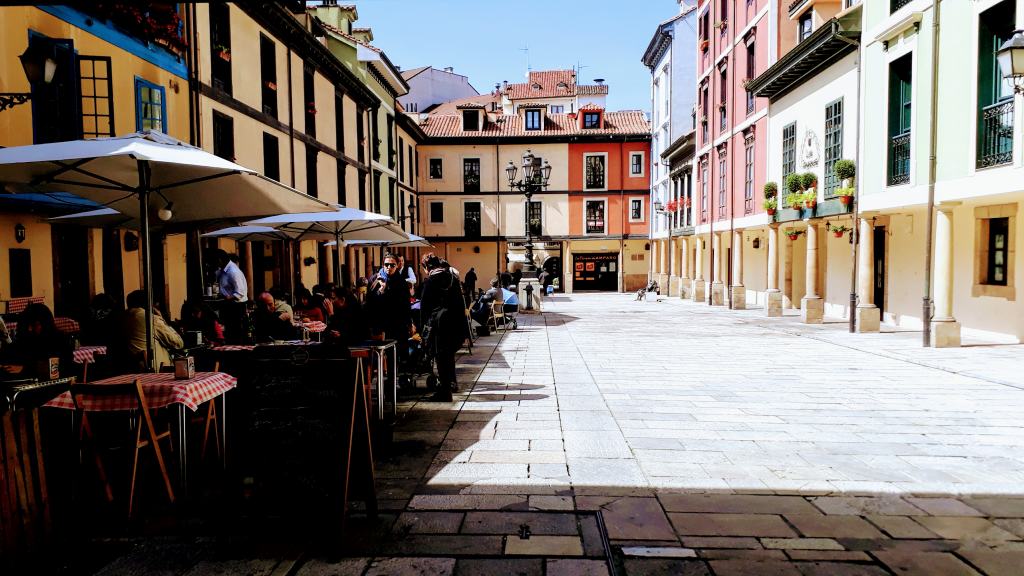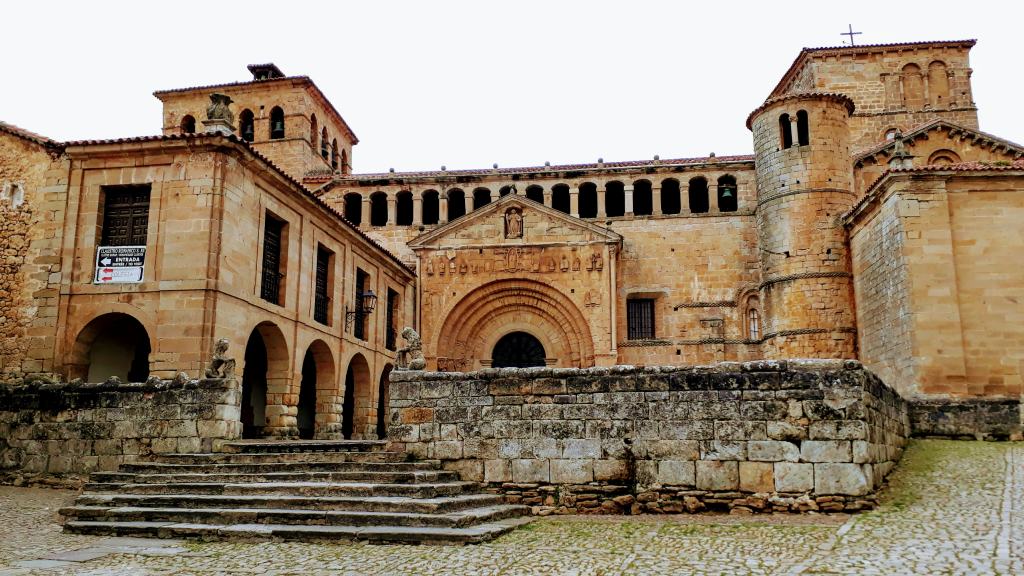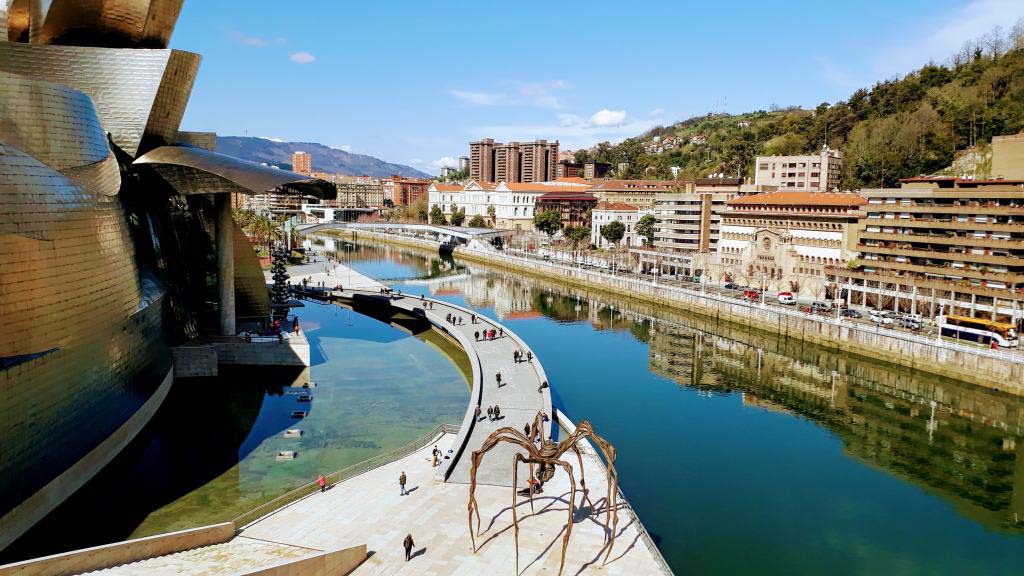After you already got to know about all the delicious food and how to get around in the first and second part of the Lisbon series, the third part will be all about sightseeing tips. In addition, we will tell you our favorite viewpoints. As there can be found quite some of them in the City of Seven Hills. Continue reading “Vegan Guide Lisbon – Part 3: See”
Tomar, Batalha & Alcobaça: UNESCO Monastery Route
Right in the heart of Portugal are located three monasteries on a small distance, appointed World Heritage by the UNESCO. These fetch a lot of tourists to the towns of Tomar, Batalha and Alcobaça. Between them there is also Fátima, the most important pilgrimage site in Portugal. Continue reading “Tomar, Batalha & Alcobaça: UNESCO Monastery Route”
Coimbra: Oldest University in Portugal
The university town of Coimbra is the largest city of Região Centro. With the University of Coimbra founded in 1290, it is home to one of the oldest universities in Europe, which was declared World Cultural Heritage by UNESCO in 2013. The Portuguese capital of culture 2003 was even from 1139 to 1256 the second capital of the country, shortly after Guimarães. Continue reading “Coimbra: Oldest University in Portugal”
Porto.
In order to do justice to this city, we would probably have to write a whole book. Having been in the shadow of its “big sister” Lisbon for a long time, it is no longer unknown now, but one of the most popular tourist destinations in Western Europe. And deservedly so: UNESCO Old Town, double-deck bridge Ponte Luís I, river Douro and delicious vegan food make hearts beat faster. Whether as a city trip or a starting point to travel the north of Portugal – Porto is always worth it. Continue reading “Porto.”
Guimarães: Birthplace of Portugal
About 15 kilometers southeast of Braga is the city of Guimarães: UNESCO World Cultural Heritage, European Capital of Culture 2012 and also the birthplace of Portugal. It is widely believed that the first king of Portugal (Afonso Henriques or Alfonso I) was born here, which is why Guimarães was the first capital of the country and is considered the “cradle of the nation”. Continue reading “Guimarães: Birthplace of Portugal”
Santiago de Compostela: Place of Pilgrimage
As the destination of the Camino de Santiago (Way of St. James), Santiago de Compostela is renowned worldwide. This became the first European cultural trail in 1987, two years after the pilgrimage site was declared a World Cultural Heritage by UNESCO. In 2000, Santiago was also European Capital of Culture. Continue reading “Santiago de Compostela: Place of Pilgrimage”
A Coruña: Oldest Lighthouse in the World
The 243,978 residents are lucky because this city has it all: beaches, excellent food, the largest port in Galicia and the oldest operating lighthouse in the world. Therefore, it is not surprising that in 2006, A Coruña received as many visitors as it has inhabitants. Continue reading “A Coruña: Oldest Lighthouse in the World”
Oviedo: First Way of St. James
Since its foundation in the 8th century, the former town of Ovetum was closely linked to the Asturian monarchy, which is why the old town is characterized by medieval influences. At that time the capital of the kingdom, it is still the capital of Asturias and also a model for the town of Vetusta in Leopoldo Alas’ novel “La Regenta”. Continue reading “Oviedo: First Way of St. James”
Santillana del Mar: Stone Age Cave of Altamira
The station of the Northern Way of St. James (Camino de Santiago de la Costa) is a popular tourist destination. In order to avoid the crowds of day visitors, you should visit it in the off-season or evenings. The centuries-old city center is closed for cars. Continue reading “Santillana del Mar: Stone Age Cave of Altamira”
Bilbao: Tradition Meets Innovation
As the largest city and industrial center of the Basque country, Bilbao is known primarily for one thing: the Guggenheim Museum. What else to see, to do and to eat and what the so-called Bilbao effect is, you will learn here. Continue reading “Bilbao: Tradition Meets Innovation”
